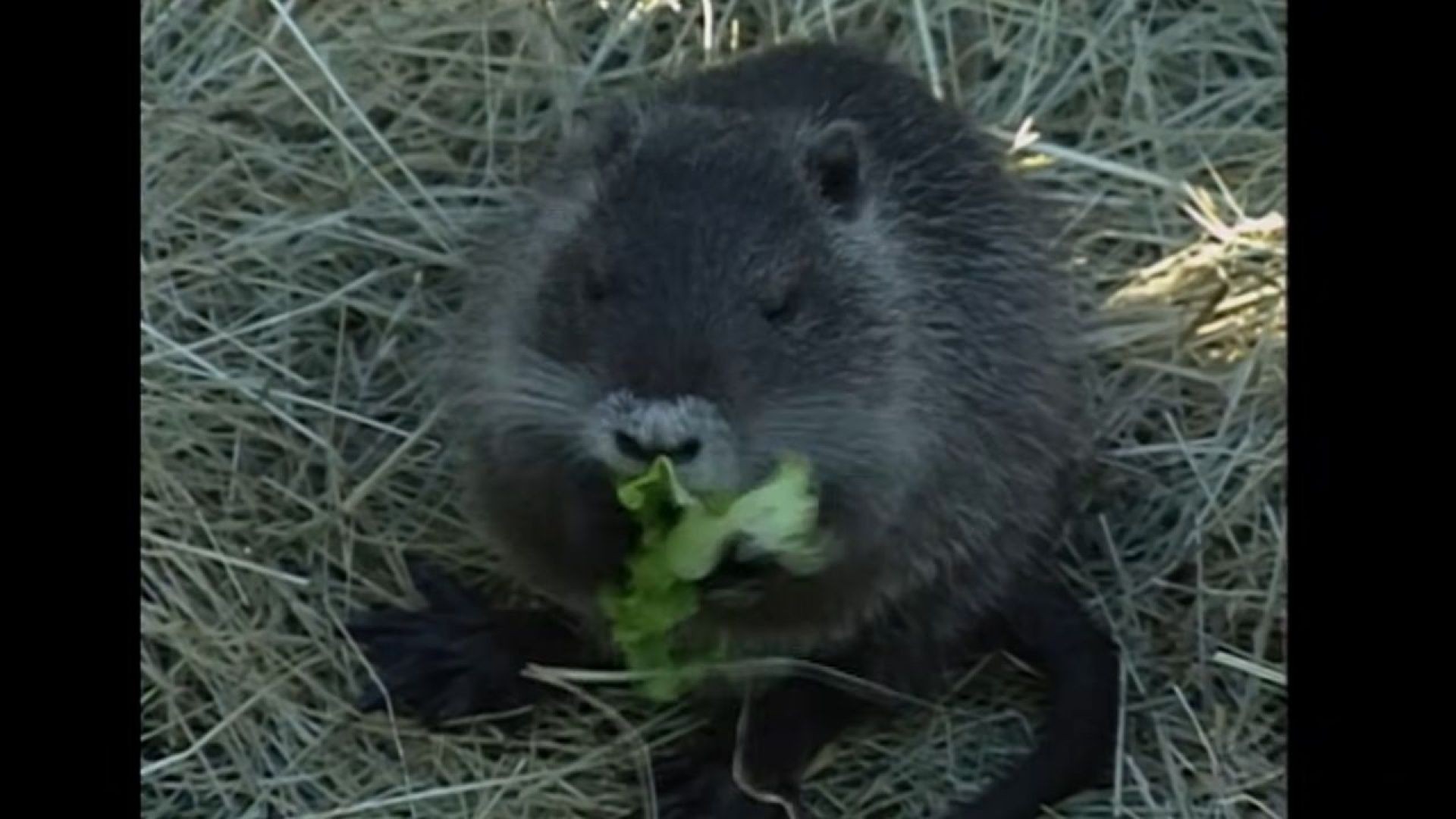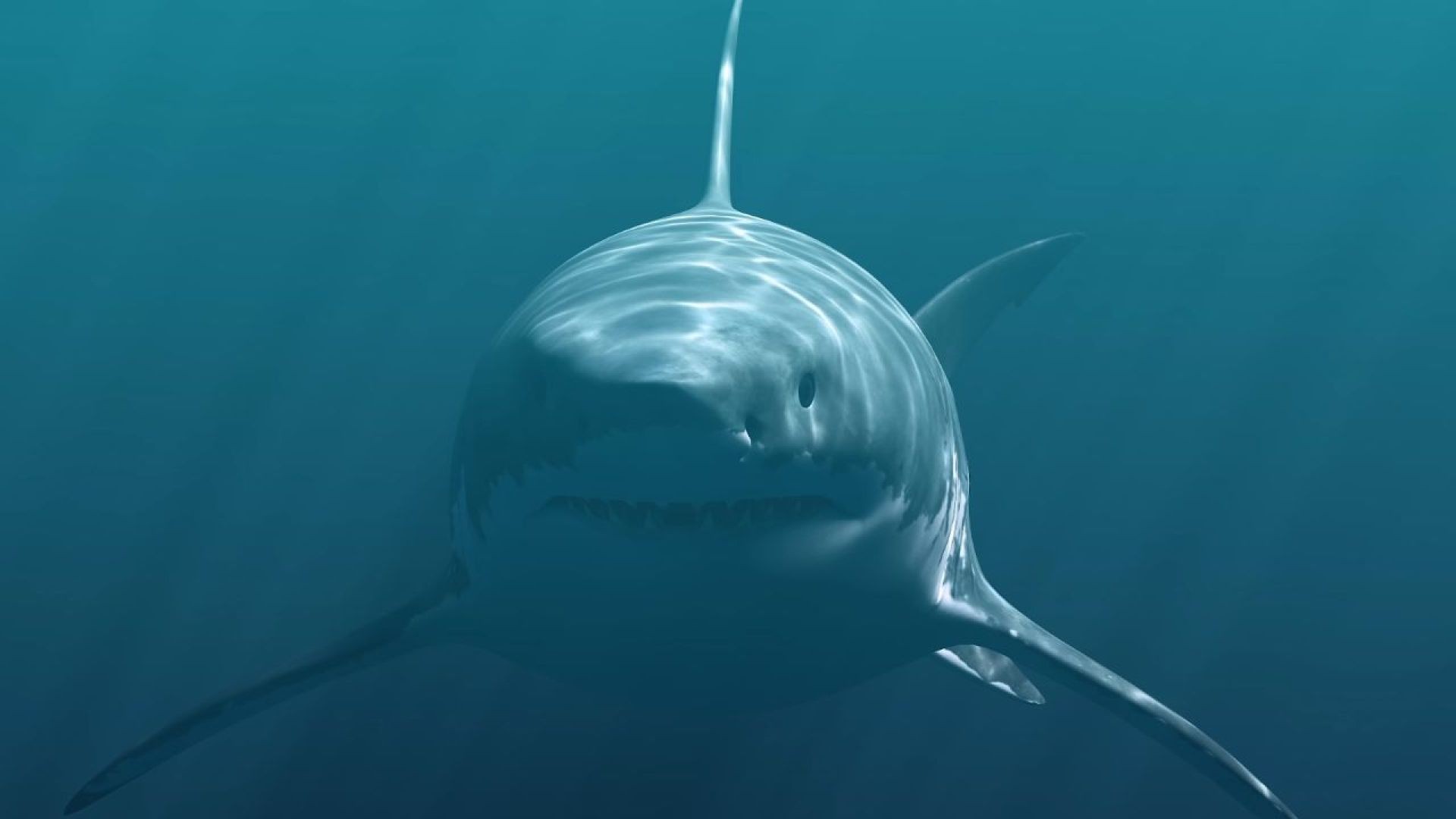Unveiling Echidna Mysteries
Dive into the world of one of Australia's most unique creatures—the echidna. This article uncovers 10 intriguing facts about echidnas, offering insights into their diverse species, unusual biological traits, and crucial ecological roles. From their wide distribution across Australia to their surprising physiological characteristics, learn what makes these spiny creatures so extraordinary.
Key Takeaways:
🌏 Geographic Diversity: Echidnas are not just limited to one kind in Australia; they boast several species and subspecies, including the short-beaked echidna and three species of long-beaked echidna found in New Guinea.
🌡 Ancient Origins: Echidnas evolved from an aquatic ancestor similar to the platypus around 66 million years ago, with the modern echidna emerging about 15 million years ago.
🔍 Unique Biology: Echidnas are one of the only two mammal groups that lay eggs. They also can detect electrical signals, a trait inherited from their platypus-like ancestors.
🦔 Physical Traits: The spines on an echidna are actually modified hair made of keratin, demonstrating the adaptability of this material across different animal species.
⚡ Cultural Impact: The name 'echidna' was influenced by Greek mythology and has undergone changes over time, reflecting the evolving understanding of these creatures.
🌿 Environmental Impact: Known as ecosystem engineers, echidnas play a vital role in their habitats by moving large amounts of soil, which helps in nutrient cycling and plant germination.
Explore the enigmatic world of echidnas, from their wide habitat range and unique reproductive methods to their significant role in ecosystem engineering.
#echidna, #australianwildlife, #monotreme, #wildlifeconservation, #ecosystemengineers














SORT BY-
Top Comments
-
Latest comments